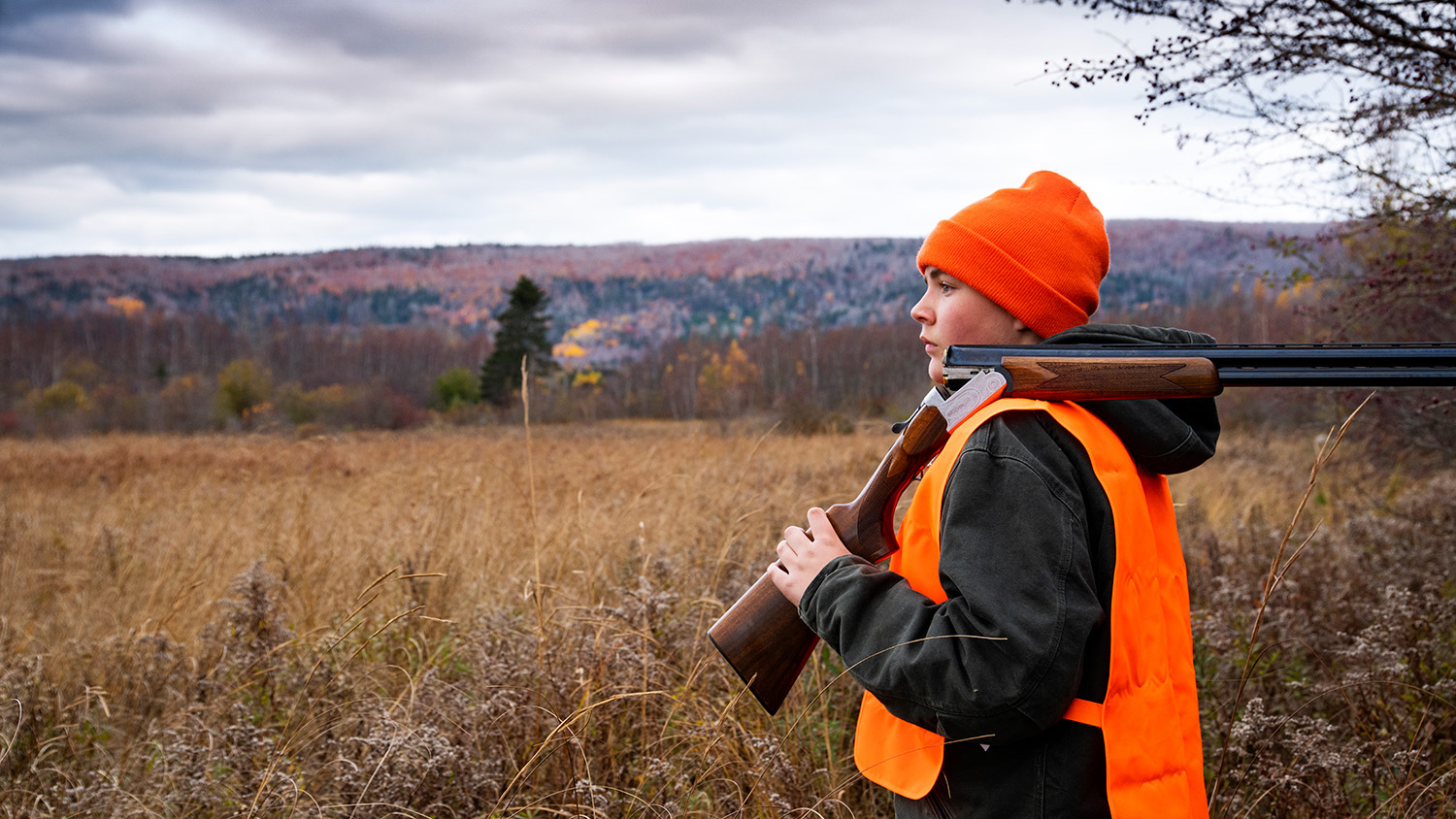Local Parks Can’t Keep Up With Demand. This New Toolkit Could Help
As local parks and recreation agencies experience budget woes, NC State researchers have released a new toolkit to help satisfy visitor expectations amid growing demand.

Many local parks and recreation agencies across the United States remain underfunded and understaffed, even though recreational spaces continue to experience growing demand in the wake of the COVID-19 pandemic.
A new report published by NC State researchers aims to alleviate some of that strain by providing local parks and recreation professionals with a toolkit of evidence-based methods for measuring park use and quality.
“It’s important that agencies understand how parks are being used and how they can be improved so that they can better meet the needs of visitors,” said the report’s co-author Aaron Hipp, a professor of community health and sustainability and university faculty scholar at NC State’s College of Natural Resources.
Local parks and green spaces not only provide important ecosystem services such as air and water purification, but they also provide a wide range of mental and physical health benefits for millions of people every year by promoting physical activity, connection to nature and opportunities for community engagement.
The COVID-19 pandemic further highlighted the importance of local parks to society as many of these spaces offered the only respite from the limited social and recreational opportunities created by nationwide lockdowns, with many parks experiencing an increase in visitation — a trend that’s continued into the present day.
Despite the growing popularity of these spaces, a recent survey found that 45% of parks and recreation agencies’ operating budgets are relatively the same or smaller compared to their budgets prior to the beginning of the pandemic. Many of these agencies also face labor shortages as they compete with better-funded employers.
Hipp, who co-authored the report with two graduate students on behalf of the National Recreation and Parks Association, said the report should help local agencies to more effectively allocate their resources toward operational improvements, which could increase user satisfaction and further public investment.
“Because these agencies are often low-resourced, they need to make smart decisions about how they’re spending their money. To make those decisions, they need data,” Hipp said. “This report is the blueprint on how to get that data.”
The report stems from Hipps’ expertise in gathering data for his own studies of physical activity among youth from low-income communities of color at more than 50 local parks — and his role as a co-instructor of “PRT380: Evidence-based Decision Making in Recreation, Sport, Tourism and Event Management.”
It also marks the culmination of a five-year evaluation of the “Parks Build Community” program, which was launched by the National Parks and Recreation Association in 2009 to identify and revitalize parks in underserved communities. Hipp led the evaluation alongside researchers from John Hopkins University.

In the report, Hipp and his co-authors describe a variety of methods that local parks and recreation agencies can utilize to monitor and measure general park use and quality, including observations, surveys, cameras and location-based data.
These methods can all reveal patterns in park visitation over time, according to Hipp. Observations are often the easiest to conduct as it requires staff members to simply count the number of park visitors, but location-based data can be purchased from companies to determine the general demographics of park visitors.
Hipp said observations and surveys are reliable, though both can be resource-intensive and require careful execution to ensure that the relevant data is collected. Meanwhile, the use of cameras and the collection of mobile data can be expensive.
“There’s always an added expense to evaluation, whether it’s printing surveys or buying location-based data from companies,” he added. “If a local agency doesn’t have the necessary resources, it’s ideal for them to work with other institutions.”
NC State and other universities often partner with local, state and federal agencies to conduct research that’s mutually beneficial. These partnerships not only produce data for faculty-led studies and provide students with hands-on experience, but they also contribute much-needed resources to agency initiatives.
When he’s not teaching or conducting research, Hipp regularly trains faculty and students at other North Carolina universities on the methodologies of observational research to quantify park use and park-based physical activity. He is now working with other researchers to develop a bank of questions for professionals looking to conduct surveys on park use and quality.
Hipp encourages local parks and recreation agencies to contact NC State faculty in the Department of Parks, Recreation and Tourism Management if they need assistance in conducting evaluations. They can also reach out to Recreation Resources Service, which is the nation’s oldest technical assistance program for parks and recreation agencies in North Carolina.


